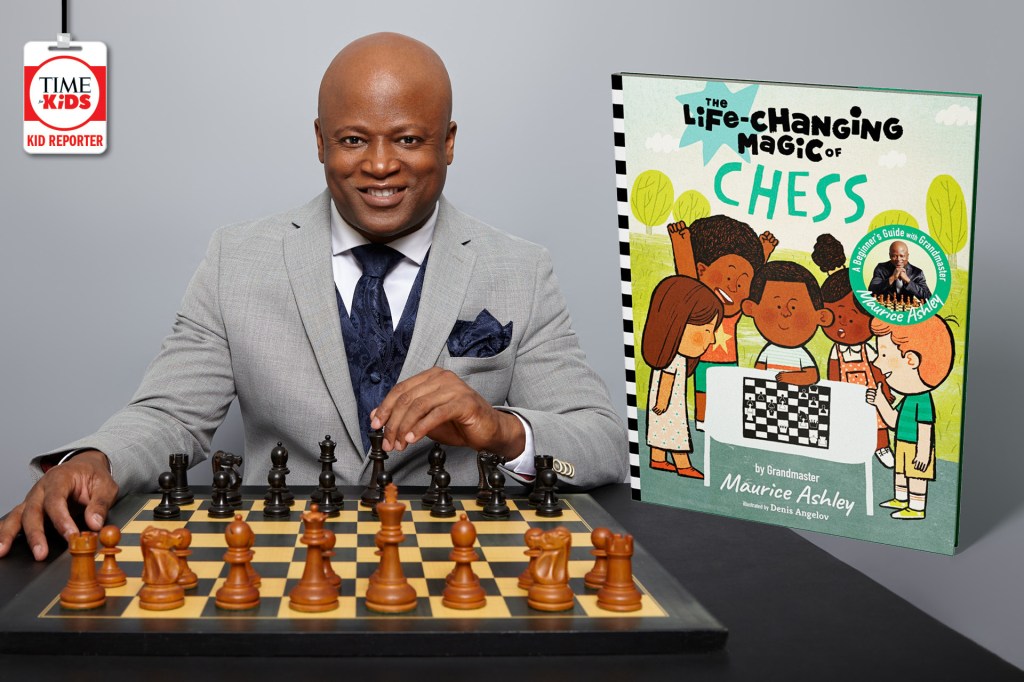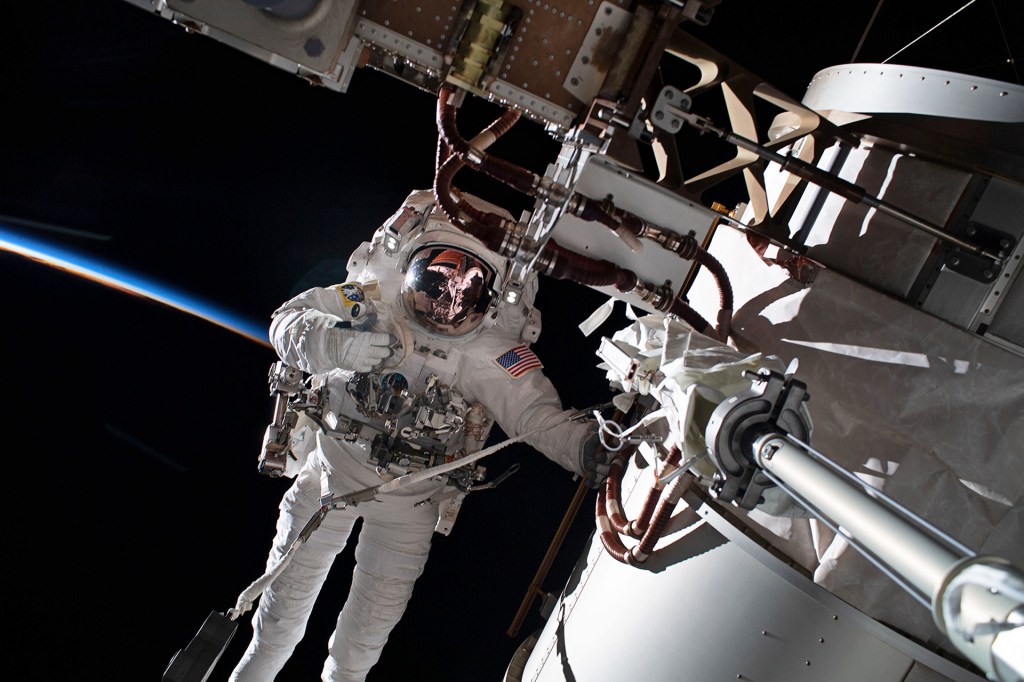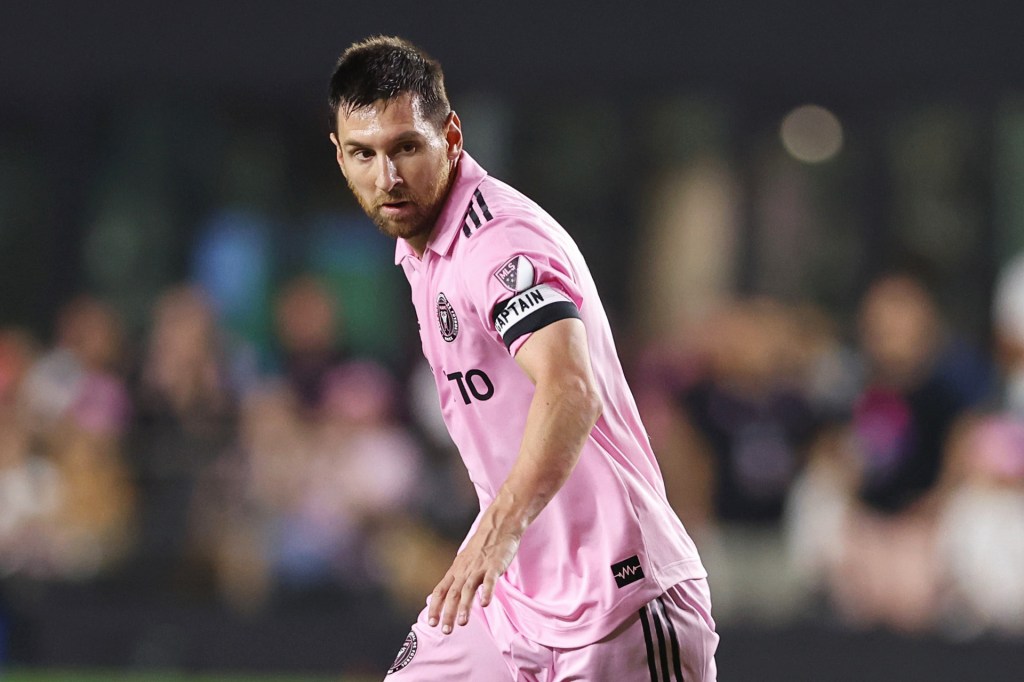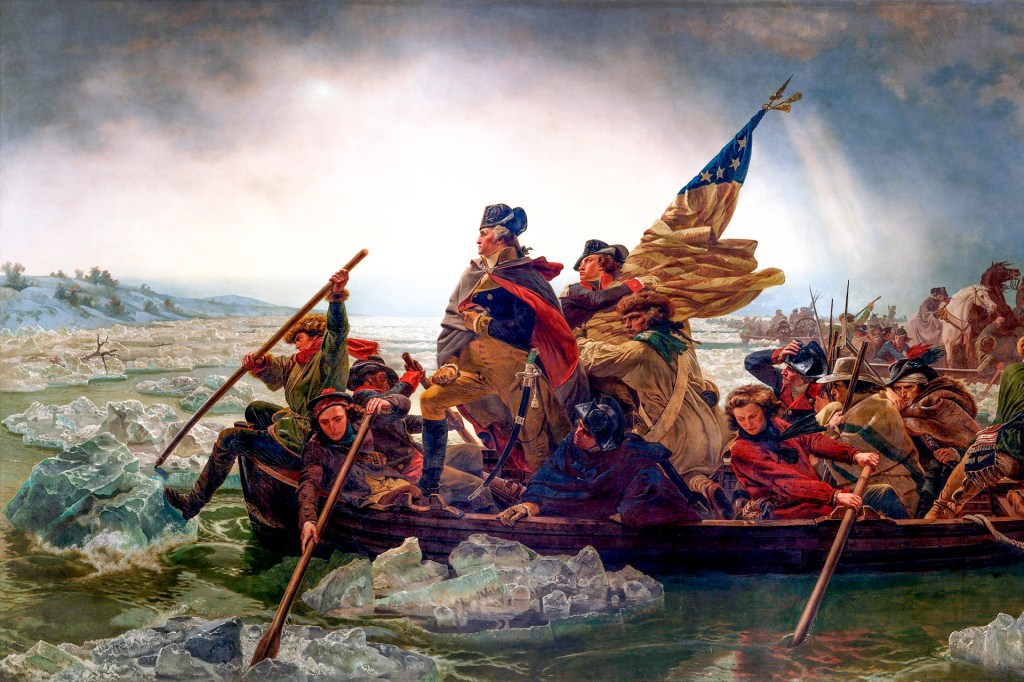The Future of Zoos
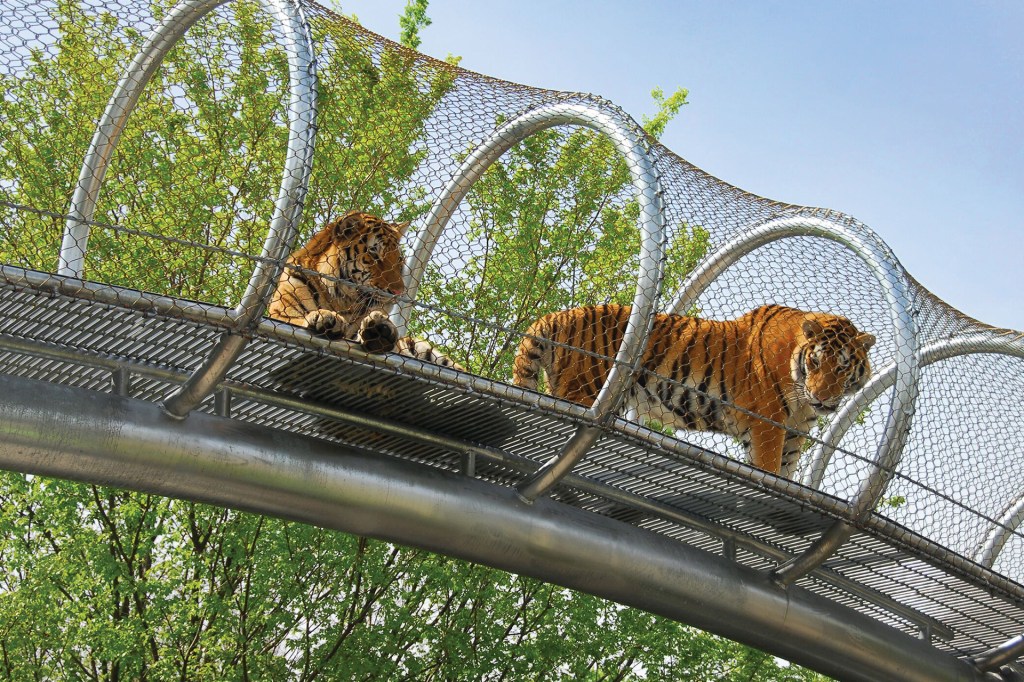
On a trip to the Philadelphia Zoo, in Pennsylvania, kids got a surprise. Directly in front of them was a tiger. But the kids were not scared. They laughed. That is because the tiger was in a special enclosed trail.
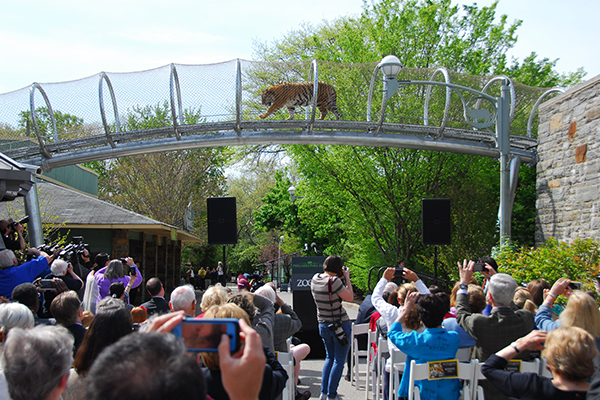
En el Cruce de Grandes Felinos del Zoológico de Filadelfia, los tigres pueden sentir que están custodiando su territorio.
FRANCK BOHBOT FOR TIMEThe trail is part of Zoo360. This group of trails gives animals plenty of room to move around. It is meant to feel like a natural environment. There are trees, plants, and lots of light. The trail has changed the way humans and animals experience the Philadelphia Zoo.
Still, some people are wondering if we should still have zoos at all. Why? Studies show that many animals are smarter than we once thought. They might suffer when they are removed from the wild.
Others say zoos are important places for people to learn about animals and conservation
conservation
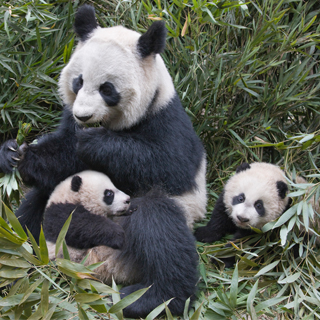 KEREN SU—GETTY IMAGES
the protection of a species, habitat, or natural resource
(noun)
Because of conservation efforts, there are more pandas in the world.
.
KEREN SU—GETTY IMAGES
the protection of a species, habitat, or natural resource
(noun)
Because of conservation efforts, there are more pandas in the world.
.
Many experts say zoos need to change if they’re going to last. The Philadelphia Zoo is a good model for that. What is your opinion?
Think!
Will there still be zoos when you grow up? Why or why not?
A High-Rise Zoo
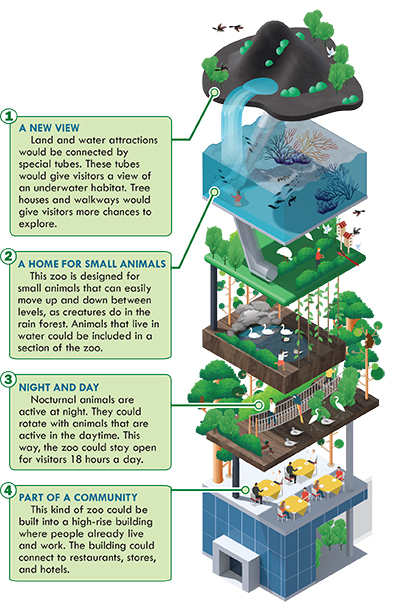
Zoos of the future may look quite different from today’s zoos. Here is one idea from zoo designer Jon Coe. This zoo is made for animals that can live in a narrow space. Read about it. Then answer the questions.
1. Name one way visitors could explore the zoo.
2. True or false: This zoo would have habitats for animals such as elephants and polar bears.
3. For how many hours a day could this zoo stay open?




